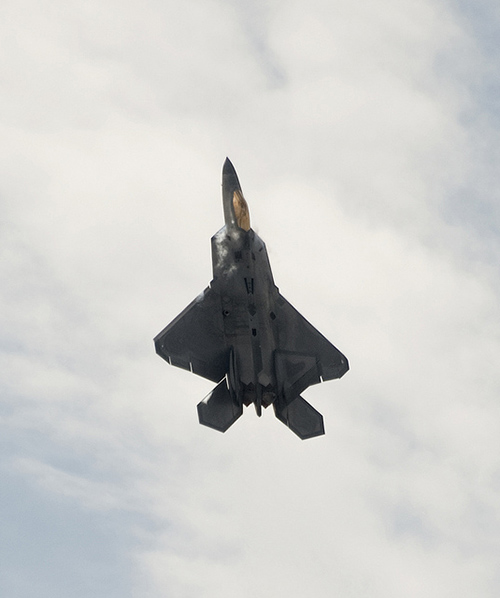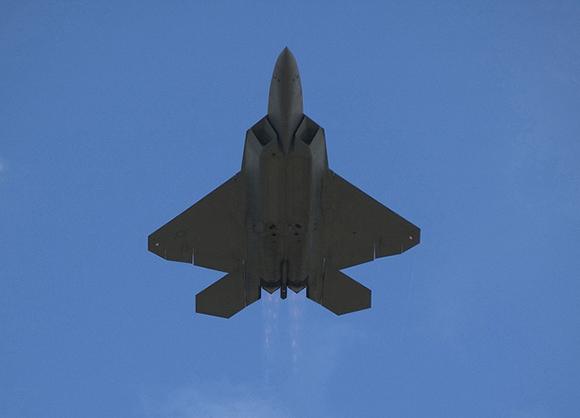In Syria and Iraq another war is underway which probably does not interest public opinion, but which is actually underway by the first air mission against the Islamic State. A silent war, but essential to acquire valuable information that could sanction victory in future conflicts.
Among the countless platforms deployed in the Region, the US has opted for some Raptor. The history of the F-22 is known. The best fighter in the world and the first aircraft in history for which the term "aerial dominion" was coined was built in a few specimens. The Pentagon only purchased 187 F-22, but only 123 have been converted to combat. The rest of the fighters are classified as inventory machines, intended for testing or off-duty activities.
The main problem is that the Air Force, considering the current threats and the contexts where the presence of a fifth generation platform is needed, would need 382 Raptor. Despite these merciless numbers, the United States has deployed in the Region on Raptor. It is clear that the contribution of fifth-generation fighters was mostly limited to the escort, with its powerful software apparatus serving other coalition planes entrusted with the "dirty work". Its sensors help to protect the entire fleet and are crucial for finding enemies beyond the visual range, even if it is clear that the Raptor it was not designed for counterinsurgency roles.

It would be correct to note, however, that the Iraqi sky does not represent an environment with a high level of threat. To make it short: even the F-15 could have fulfilled (and is doing) this role, without the need to deploy the meager Raptor available.
The Syrian situation is different with the activation of a new stratified line of Russian land-air defense. The S-300 / S-400 line was certainly not lined up against the Caliph air force: the latter does not exist. But through those systems it is real, instead, the possibility of stealing, capturing the electromagnetic emissions of the Raptor, the secrets of today's most powerful fighter in the world. And Syria, despite Russia and the USA are not at war, is a valid theater where to test their systems, refining their skills and improving the platforms still in development (first of all the future T-50).
Needless to say, the flight operations of the F-22 could unveil information just before the Syria engagement, only hypothesized by Russian intelligence. Essential data to improve, for example, Moscow systems monitoring algorithms. The United States is faced with the strategic need to hide the characteristics of its weapon systems, limiting the use of advanced avionics which, precisely in Syria, is not necessary.
The F-22 has been designed to excel in extreme air-to-air combat situations, thanks to its air defense systems and stealth profile, in a context that we could define as almost ideal between air powers.
The solution? Massive use of A-10, the most suitable aircraft for this type of operating environment and its characteristics: firepower and medium-low end technology.
The risk? Simple. By "giving" to the enemy the latest avionics and operational tactics, the US risks losing the next battle for an opponent who would already know how to adapt to his latest-generation platforms that, in theory, would be delegated to the first (and perhaps most importantly) attack.
(photo: Lockheed Martin)












